The top part of green belt base station is equipped with cluster antenna, and the bottom part is equipped with RRU equipment, lighting system and monitoring system, which is a kind of outer climbing tower. At the same time, it combines the basic technology of prefabrication, and can be constructed rapidly.
It can be naturally integrated into the surrounding environment to reduce the sense of obtrusion. It has a small floor space so that it can be built in many different sites. Its antennae are less visible and will not disturb residents.
It can share resources with street lamps or monitoring poles, which is low carbon and energy-saving.
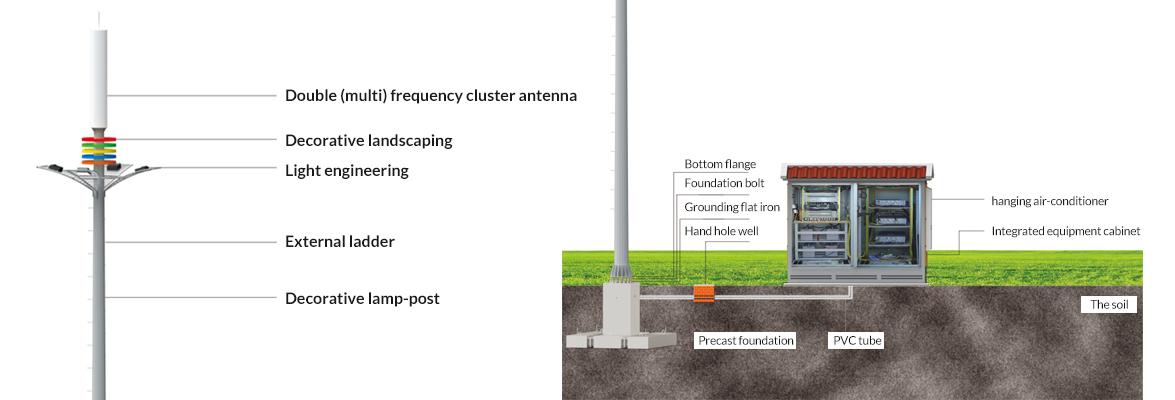
Products
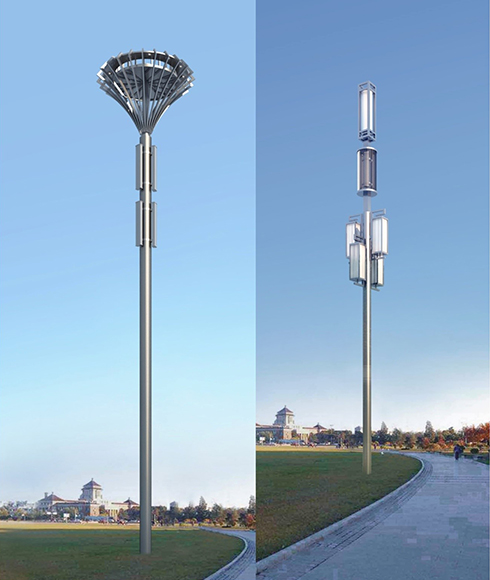
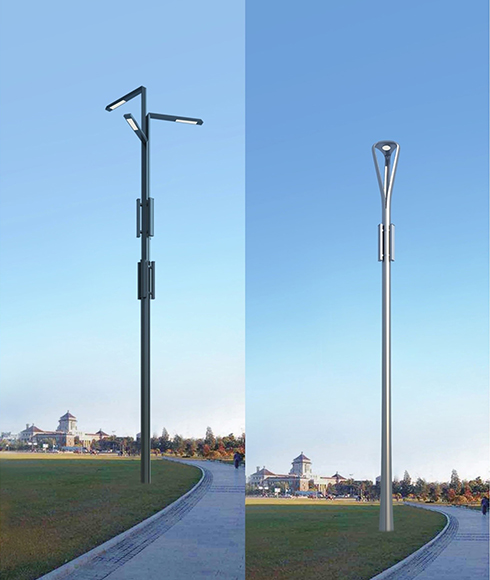
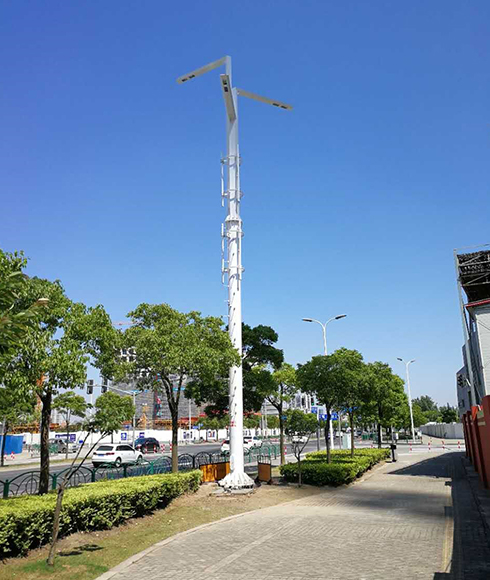
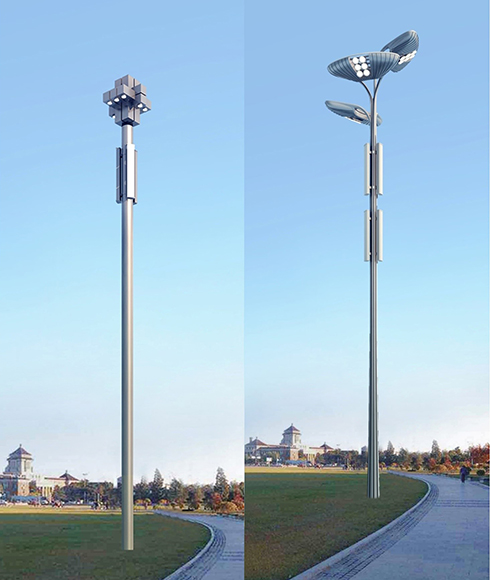
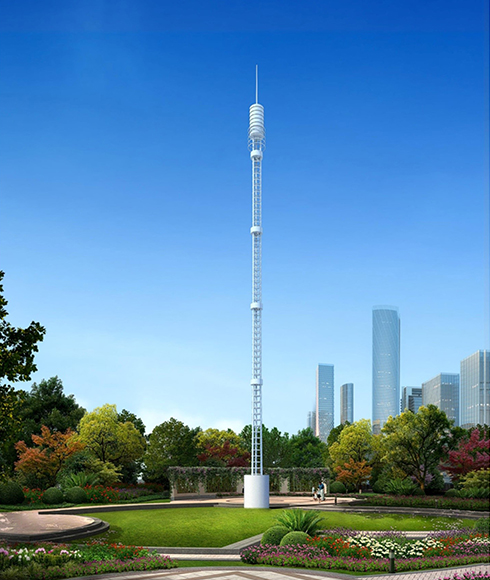
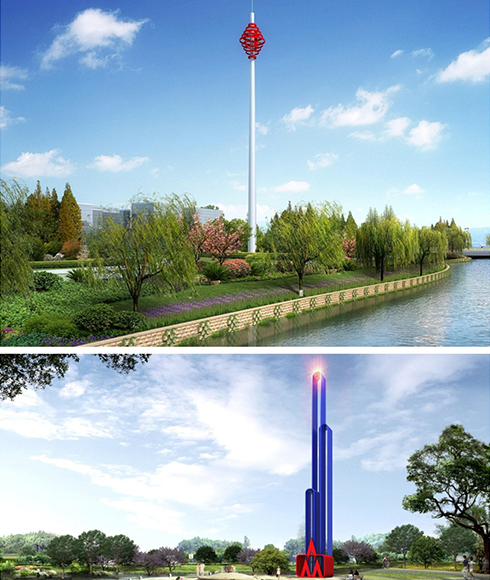
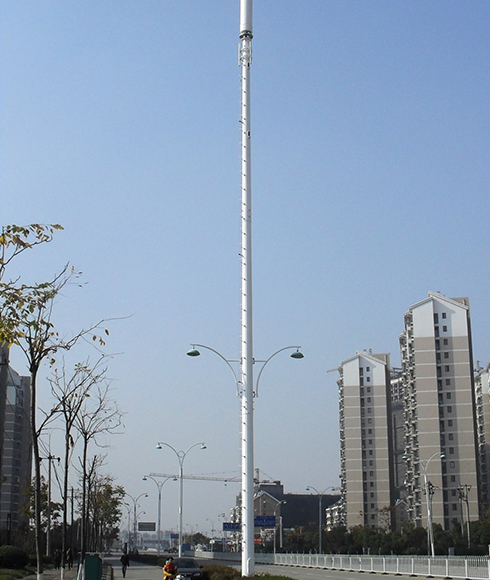
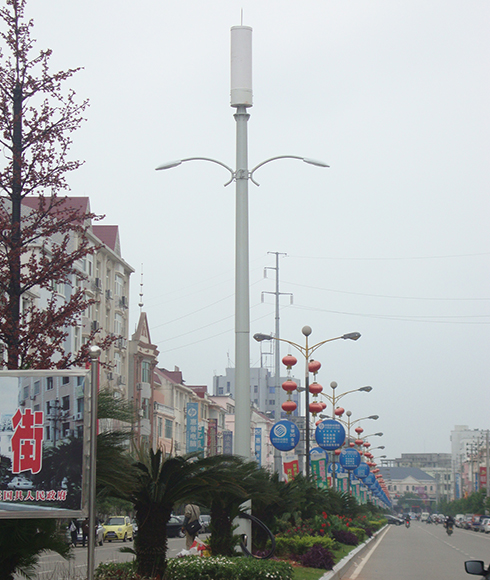
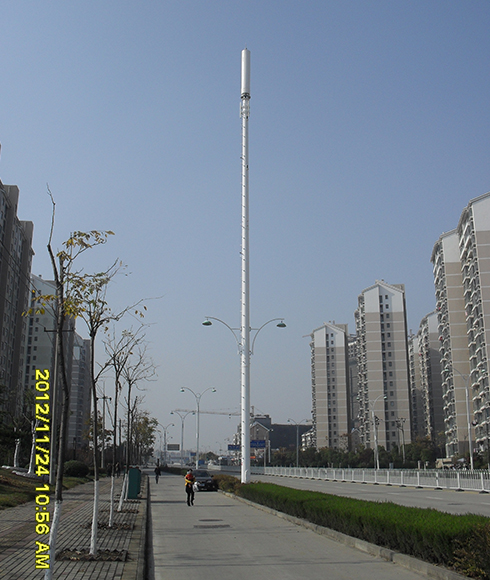
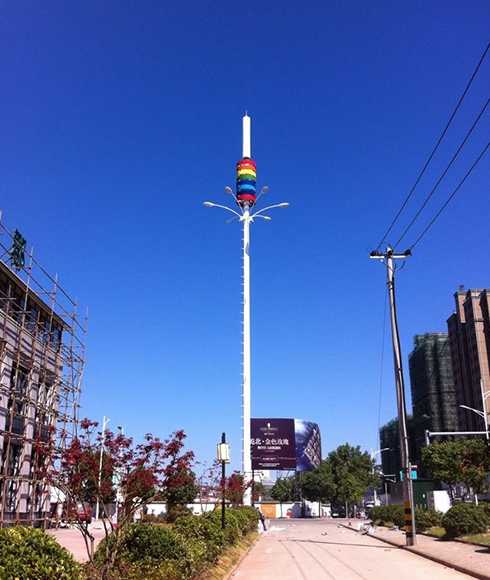

Public focus on micro letter
Copyright © 2017 and Heqin communications technology co., Ltd Zhejiang CP, no. 11001579 -1